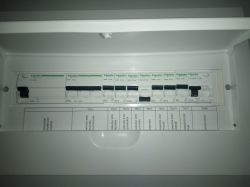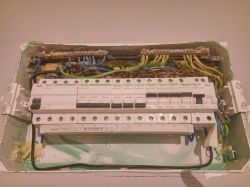popiol667 wrote:2. I am asking without malice - if it was made incorrectly, why do these types of flowers pass through during designs and acceptance?
There is a topic about SEP somewhere on the website - and it explains the difference between authorizations and professional qualifications.
It is likely that "developers" employ the "cheaper" ones.





